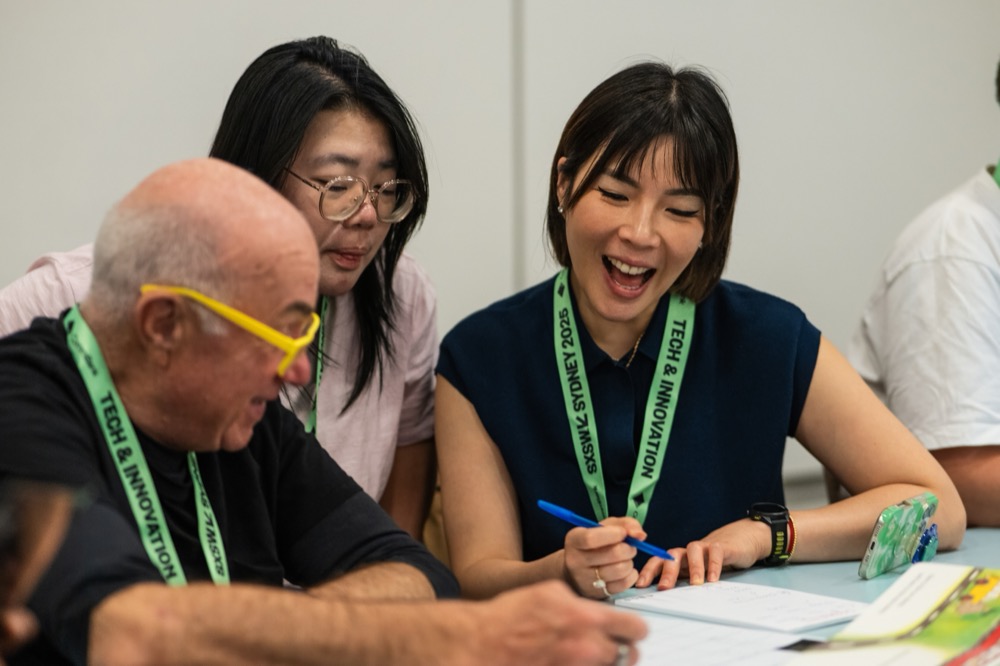LLMs Unplugged
Ready-to-use teaching resources for understanding how large language models (LLMs) work through hands-on activities. No computers required.
If you’re just here for the resources, here they are:

What is this?
ChatGPT arrived in November 2022 and suddenly everyone’s using LLMs. Yet most people have no real mental model of what’s actually happening under the hood. They’ve heard the hand-wave-y (and/or mystical-sounding) explanations, maybe picked up some vague notions about “neural networks” and “training data”, but the core mechanism remains opaque.
LLMs Unplugged cuts through that opacity using the simplest possible approach: you build your own language model from scratch with pen, paper, and dice.
The process is straightforward. You manually count word patterns in some training text (say, a children’s book). You record these patterns in a table. Then you use dice rolls to generate new sentences, making random choices weighted by what you’ve seen before. After an hour or so of doing this by hand, something clicks: you realise that ChatGPT works exactly the same way. It’s the same fundamental process, just at a (vastly) different scale.
Your hand-rolled language model might produce surprisingly coherent sentences, or delightfully nonsensical ones—either way, you’ve understood generation in a way no abstract explanation can provide. The approach strips away the distractions of code and infrastructure, letting you focus on the underlying principles. When you’ve spent an afternoon rolling dice and watching patterns emerge, you have a better sense of how language models work.
Who’s this for?
These activities are suitable for audiences from high school age through to adults. No programming background required. No mathematics beyond basic counting and percentages.
We’ve run it for hundreds of participants—school students, undergraduate students, senior executives in the Australian Public Service. The material consistently helps people build new mental models of how LLMs work, demystifying systems they may have previously thought of as almost magical.
What’s included?

The complete resource pack is available under a Creative Commons BY-NC-SA 4.0 license at github.com/ANUcybernetics/llms-unplugged:
- Module cards: ten double-sided printable handouts, each covering a self-contained activity from basic training and generation through to advanced concepts like embeddings, sampling strategies, and low-rank adaptation. Read them online or download the printable PDF bundle.
- Instructor notes: pedagogical scaffolding explaining connections to modern LLMs, discussion questions, and historical context—designed for educators without deep AI expertise
- Software tools: optional open-source tools to create custom n-gram booklets from any text corpus, so you can build domain-specific pre-trained models
A typical 90-minute workshop covers the core training-to-generation pipeline (modules 1–3). Extension modules let you explore concepts like trigram models, context columns, word embeddings, and synthetic data if you have more time or a particularly engaged audience.
These LLMs Unplugged resources will grow over time, including example lesson plans, new modules and unplugged activities, and more. Bookmark us and stay tuned. And if you’d like to get in touch, email ben.swift@anu.edu.au.
Getting started
Follow the links above (or visit the GitHub repository) to download the materials and start running your own workshops. The modular design means you can scale content up or down based on available time and audience sophistication.
As LLMs become increasingly central to how we work with text and interact with digital systems, hands-on understanding becomes not just pedagogically valuable but practically necessary. The good news? The core concepts are accessible to anyone willing to spend an afternoon with pen, paper, and dice.